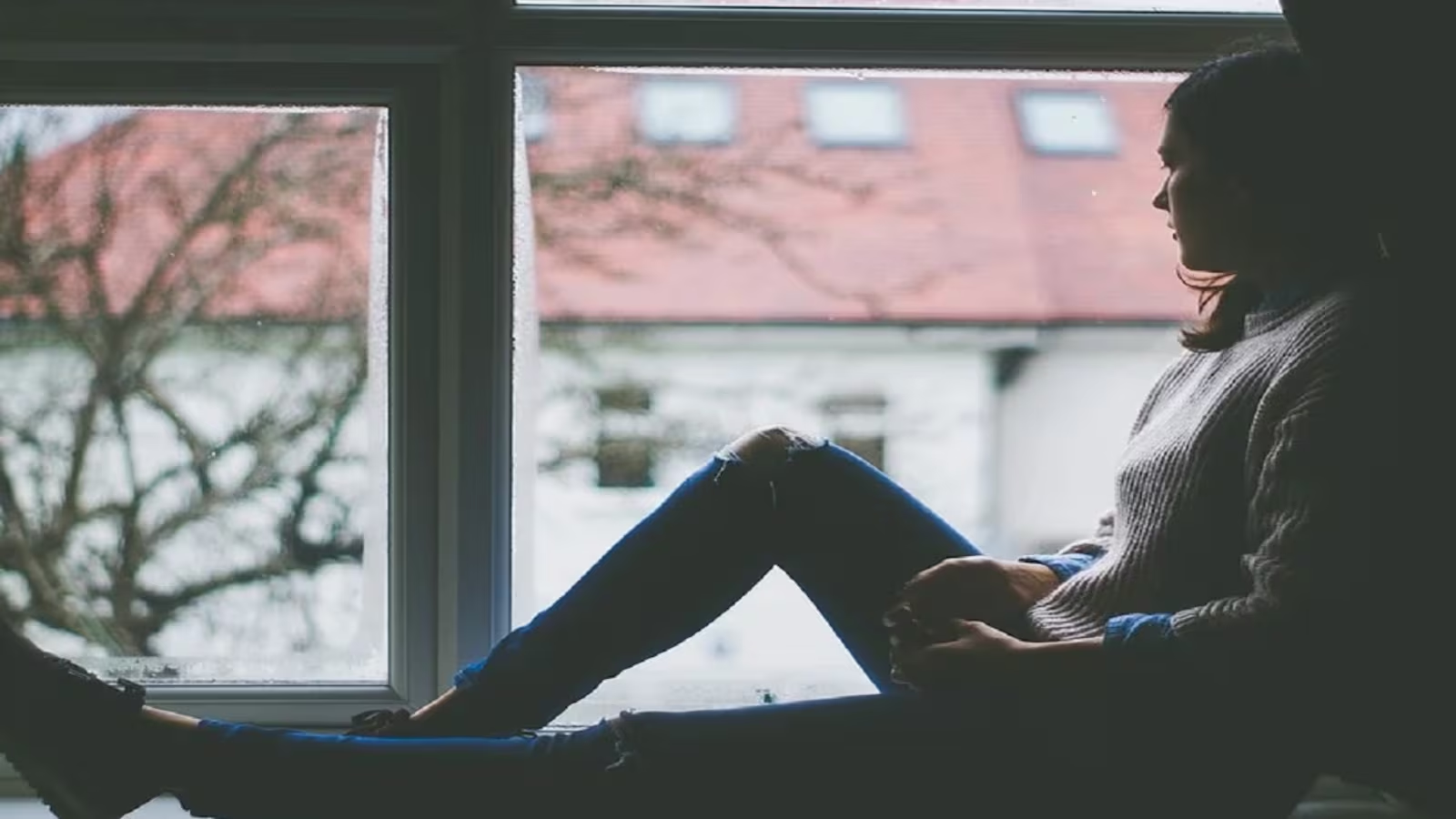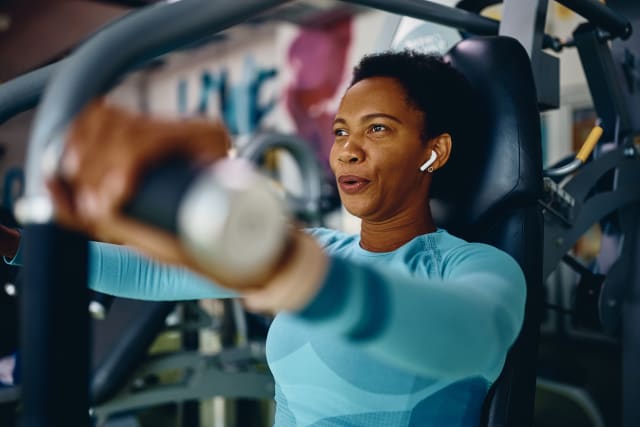As the days grow shorter and New York City slips into its gray‑skied, early‑evening‑falling season, many residents find their mood slipping too. For some, this shift isn’t just “winter tiredness”—it’s Seasonal Affective Disorder (SAD), a form of depression triggered by seasonal change. The unique built environment and lifestyle of NYC can amplify these symptoms—but there are several proven strategies to mitigate the impact.
Why NYC‑Living Makes Winter Tougher
- Reduced sunlight exposure: Tall buildings, narrow streets and long commutes mean many New Yorkers miss out on early daylight. As one psychologist notes, working long hours in shadowed offices means fewer opportunities for natural light.
- Short days + early darkness: As the sun sets earlier, many individuals lose the critical daylight hours they used to rely on for outdoor time or brightness.
- Social isolation risk: Colder weather, dark nights and the pull to stay indoors combine to reduce social outings—especially post‑work, when fatigue is high.
- Elevated stress and expectation: The holiday season, fiscal year‑end work demands and dense urban living create additional emotional burdens. For anyone vulnerable, the combination of stress and low light can accelerate mood‑decline.
Recognising the Signs of SAD
While everyone may feel a little “down” in winter, SAD involves symptoms that persist, interfere with daily life and repeat seasonally. Common signs include:
- Feeling persistently sad, empty or anxious for many days.
- Loss of interest or pleasure in activities you usually enjoy.
- Low energy, sluggishness, difficulty concentrating.
- Sleep changes (oversleeping or waking early), increased appetite, especially for carbohydrates, or weight gain.
- Social withdrawal, irritability, a darker mood than just the “winter blues”.
If these symptoms appear annually during the colder months and improve as spring comes, SAD may be the answer.
Practical Strategies for New Yorkers
1. Maximise daylight exposure
- Take a brisk 10‑ to 20‑minute walk during your lunch break—preferably outside, even if it’s cloudy.
- If outdoor time is limited, sit near a bright window, open blinds and curtains first thing in the morning.
- Consider using a light therapy box (10,000 lux) for 20‑30 minutes each morning, especially if you wake before sunrise.
2. Stay casually social & active
- Make low‑pressure plans: a coffee with a friend, a short walk with a colleague, even a virtual check‑in. Social contact counters isolation.
- Incorporate movement: a short indoor workout, yoga or dance even amid busy schedules helps release mood‑boosting endorphins.
3. Structure your routine
- Stick to consistent sleep and wake times—even when the sunlight is minimal—to keep your internal clock regulated.
- Create winter‑friendly rituals that feel comforting: music, cozy lighting, warm beverages, short planned outings.
- Be proactive rather than reactive: start the strategies early, not just once you “feel bad”.
4. Professional and medical support
- SAD is treatable. Therapies like cognitive‑behavioural therapy (CBT) adapted for SAD and light therapy are effective.
- Don’t self‑diagnose: if symptoms linger, talk with a mental‑health professional about whether your mood change is SAD or something else.
- If you experience thoughts of death, self‑harm or persistent hopelessness, seek immediate help.
Mindset Shift: Reframe the Season
Rather than fight winter, re‑think it: acknowledging that it can be harder and giving yourself permission to adjust. Some mindset tweaks that help:
- Recognise that low mood isn’t a moral failure—it can be a biological reaction to less light.
- Use shorter daylight as a cue to prioritize simple pleasurable activities rather than long, intensive outings.
- Celebrate micro‑wins: a 10‑minute outdoor walk, a chat with a friend, a morning in front of a light box—these all count.
Final Thoughts
In the high‑rise, fast‑paced maze of New York City, the winter months pose more than just colder temps—they challenge mood, energy and rhythm. For those experience recurring seasonal dips, the toolkit above offers real hope. By upping exposure to light, staying socially connected, structuring routines and seeking help when needed, the “winter blues” don’t have to become a full‑scale episode of SAD.












Leave a Reply